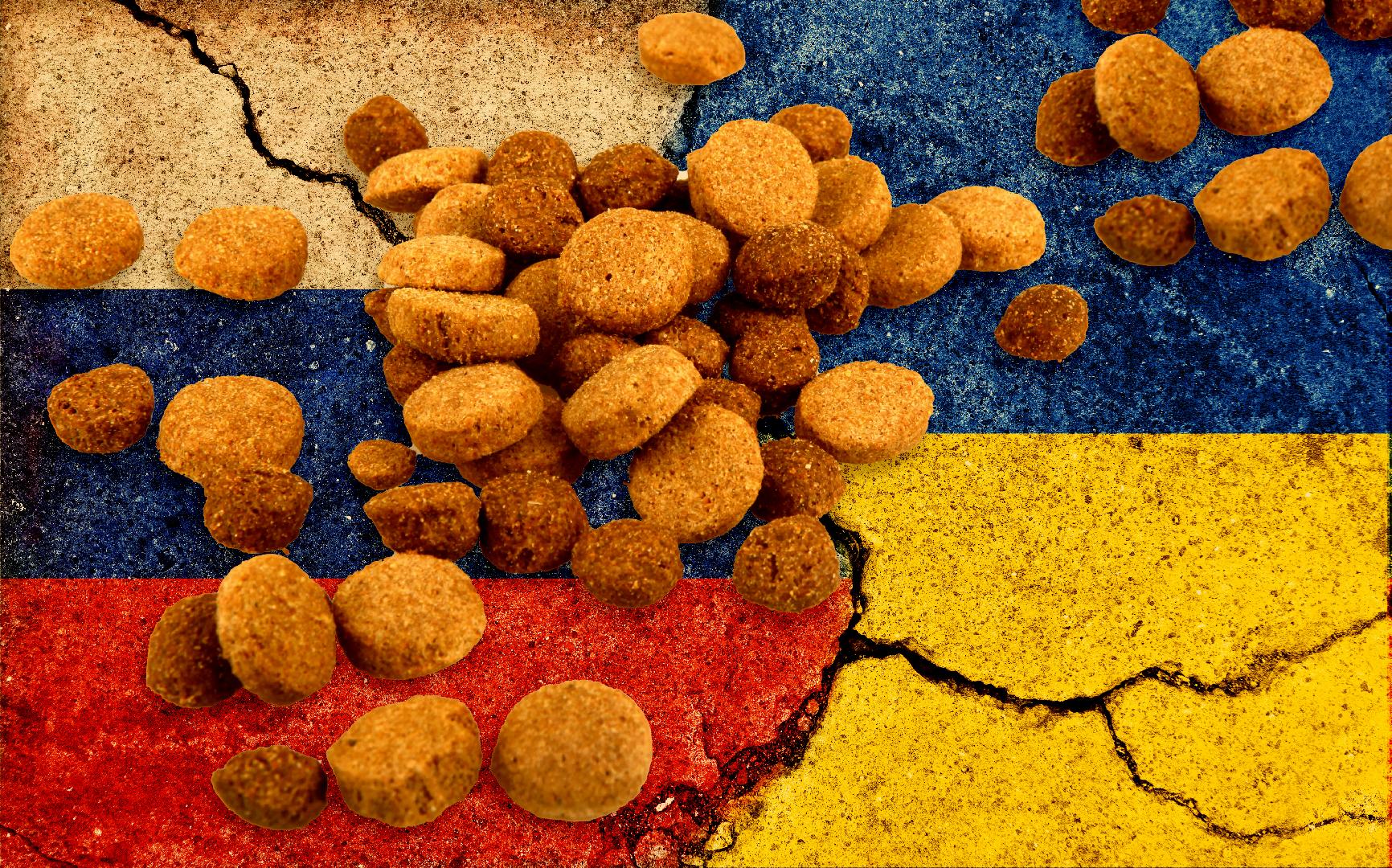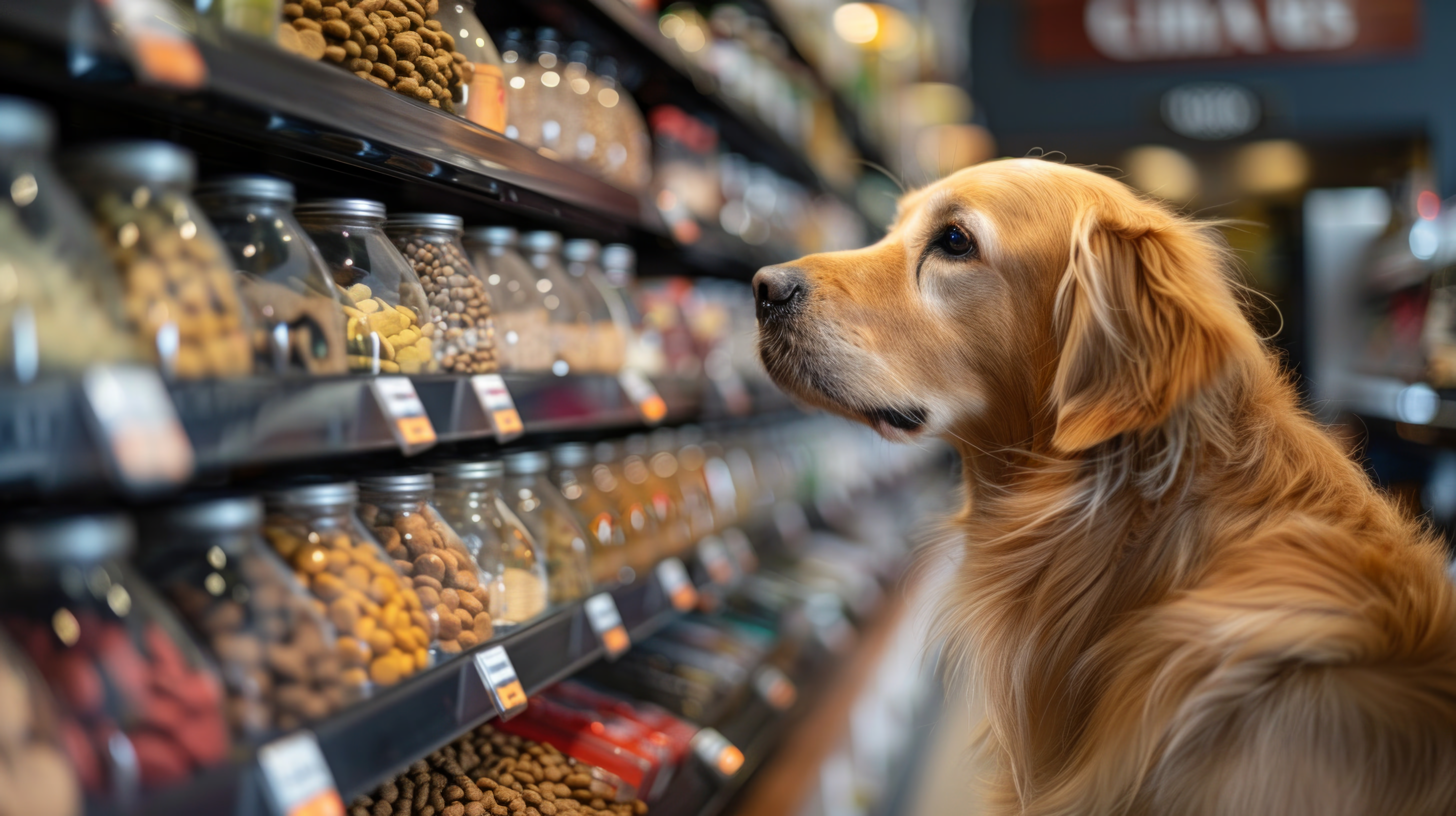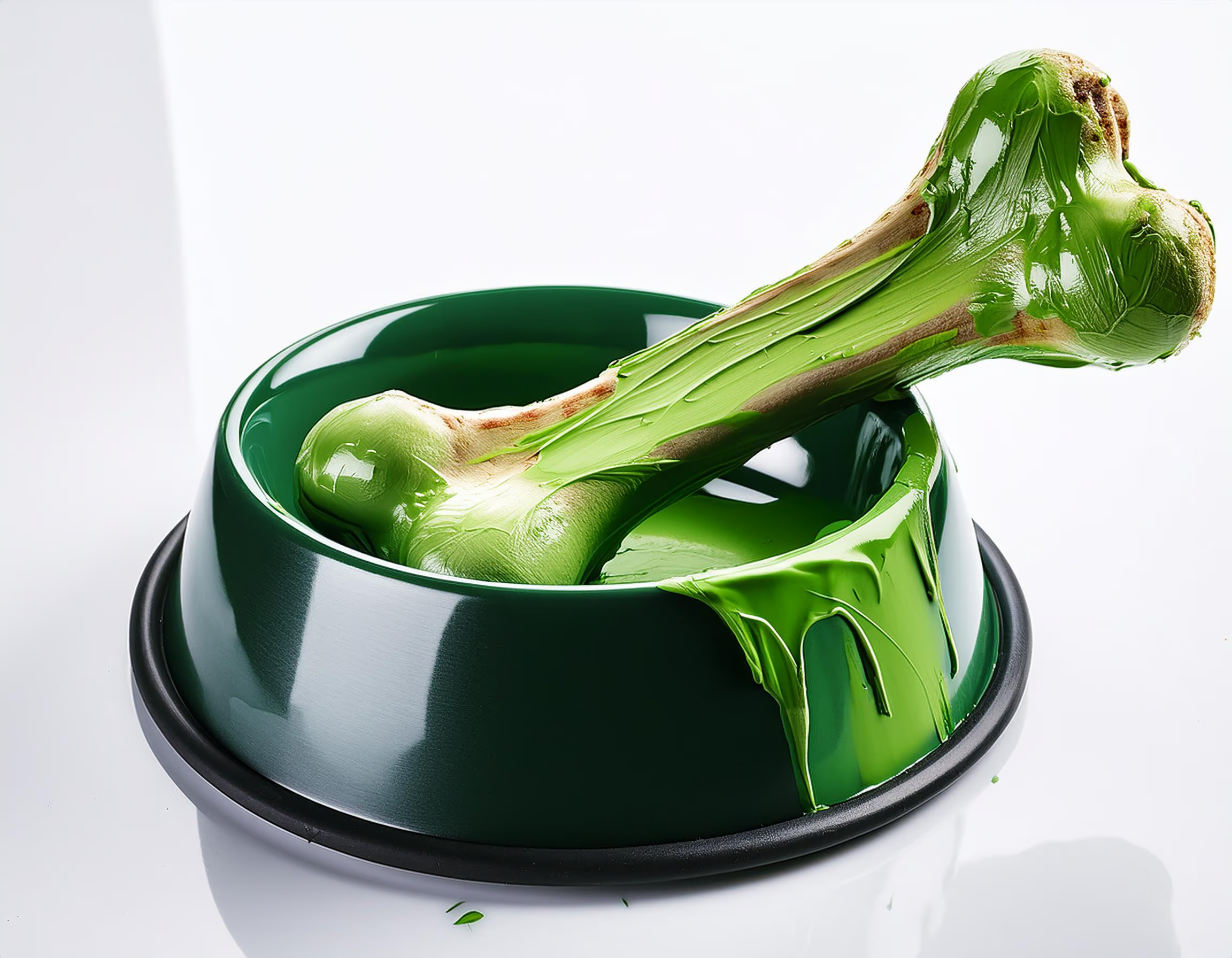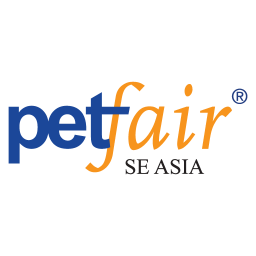In this article, we will discover the trends on the way to step strong in 2022 in the pet food industry. The 2020 pandemic has brought about a resounding change in how many people think, live, and position themselves in the world; this inevitably translates into how they treat, care, and provide for their pets.
In this sense, the most expected is to find that pet owners prefer different options than what they used to choose in the pre-pandemic world. Factors such as being more at home, reducing spending on leisure and entertainment, increasing environmental awareness, the sustainability of products, and health care, have bloomed in new trends. Although we have already seen them appear in 2021, in 2022 they are no longer optional. Instead, they are a must in the game of demand.
We already know that many people decided to add a 4-legged friend due to the pandemic. A large part of the 'new owners' are millennials living alone who have found themselves immersed in loneliness that a pet could balance. Generation Z is another example of young people choosing pets at a very young age.
The smallest races are the most preferable
The high rate of urbanization, the small size of households, and the practicality when it comes to caring and cleaning, make cats the most chosen pets, which particularly happens with millennials and men! Secondly, by logic the small dogs. These types of pets have many strong points:
• On the one hand, we know that young people and young adults live in (much) smaller houses than a few years ago, around 35-40 square meters. Imagine a Rottweiler in a studio apartment! In addition, many countries have imposed bans on certain large breeds as considered a social risk. Thus, the options decrease; the most logical and empathic decision, both for the human and the animal, is to look for one that, thanks to its size, can move comfortably and enjoy all the spaces of the house no matter its size. Cats, for instance, can find places to rest everywhere, even in a studio! On the window sills, in cool and sunny corners, on armchairs...
• On the other hand, this type of pet greatly accompanies the lifestyle of today's young adults: often with short and long trips or stays away from home. These animals are easy to care for, either by inviting a friend or family member to be at home or by moving them to someone else's home. They are, in a way, children adapting to the needs of their parents.
Feeding decisions to make
Pet humanization is a trend that has been present since 2020, since pet owners, especially the youngest, are convinced to transfer their own feeding decisions to pets as much as possible. Their logic is linear: "If I decide for my health, why wouldn't I make it to take care of my pets as well?" In fact, between 2016 and 2020, there was a 41% increase in launches of this type of food.
With increasing awareness, owners are broadly opting for more natural diets (such as the BARF diet) or science-based formulas in which each ingredient performs a specific function for a dog's health.
Pets are not an expense but an investment
Of love, companionship, support... Pets are no longer seen as "entertainment" and quickly became family members. And just as no one thinks that buying organic food for their (human) children is an "expense" but rather an investment in their health, the same has begun to happen with pets.
The financial company Morgan Stanley forecasts an increase in spending in the industry of up to three times, reaching USD 275 billion in 2030. Additionally, a recent AlphaWise survey reported that nearly 2/3 of young adults ages 18-34 plan to add a pet to their lives within the next 5 years, resulting in a 14% increase in pet possession.
In the last 12 months, 35% of pet owners spent more money on food, veterinary appointments, accessories, toys, and various products for care, hygiene, and well-being.
Focus on sustainability
In 2020, 21% of all new food launches worldwide emphasize their improvements on sustainability, both at the level of production, packaging, and recycling. Simultaneously, pet owners are beginning to pay more attention to these details when choosing food, as they are more aware of the importance of protecting the environment and the implications of continuing to contribute to its pollution.
Animal mental health is important
The pandemic and lockdowns worldwide impacted pets' mental health, which is still analyzed today.Talking about anxiety in pets is, for example, just a result of how the mental health of pets began to have greater importance. The fact that pet owners are working from home and that children play all day in spaces shared with their pets has inevitably affected animals' behavior. However, more time is still needed to investigate the real impact at the mental level in each case.
Direct to consumer
The pandemic significantly accelerated the insertion of electronic commerce in our industry, a change that had been happening very slowly and progressively. The traditional brands have always had to reinvent themselves betting on digital marketing, something somewhat forgotten in our sector, and, in turn, new ventures focused directly on this exchange appeared.
Thus, contact between manufacturer brands and consumers was strengthened, bypassing the exchanges on third-party platforms or supermarket or store chains.
The rising popularity of plant proteins and meat alternatives
Plant-based ingredients and alternative proteins are gaining much ground in research and testing within the pet food industry, due to consumer demand for meat alternatives (especially from millennials).
Ingredients such as cereals, insects, or protein grown in the laboratory are the innovation focus at the service of the pet food industry.
Trends? There are many!
No doubt, the general trend focuses on a greater awareness of the physical and mental pets' health (and this is in line with self-care awareness increasing in people). A strong bond between people and their pets' results in inevitable changes in our market demand. These should drive and motivate us to search for better offers, solutions, and products.
Which trends do you consider are the most important for the pet food Industry?
by: All Pet Food
You could be interested: The Conscious Nutrition Era, or With Science Era, Now in Dogs and Cats
About author
Luciana ChippanoI am Luciana Chippano, I accompany digital business owners in Latin America to grow by boosting their sales with the most powerful tool: communication. I am CEO and founder of the first academy of Copywriting and strategic digital communication in Latin America. And from there I accompany business owners with personalized mentoring, workshops, courses and advanced training to optimize their communication and sell more.
About author
María Candelaria CarbajoI’m a creative, interdisciplinary person, translator, and editor. I collaborate in producing and writing creative, high-impact projects to promote cultural exchange, transmit differential values, and connect with people/the audience. Likewise, I enjoy teamwork and joining forces, experiences, and knowledge to bring the world all the potential of those ideas that seek to impact people’s lives positively.



































